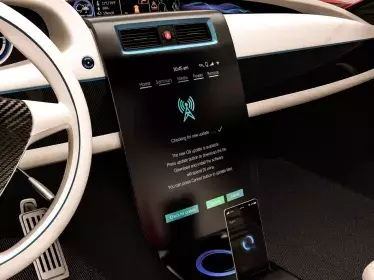The Event Data Recorder is considered by some to be a black box comparable to those used in aircraft cockpits. Nevertheless, there are many differences between the EDR of a car and the black box as we know it in the aeronautics industry. We explain you everything, step by step!
What is the Event Data Recorder?
The Event Data Recorder is used to record and store vehicle data in the event of a collision. Externally, it looks like a small computer hard drive that is positioned in the vehicle's passenger compartment, either under the seat or in the center console.
Is this a new technology?
No, the Event Data Recorder has already existed for over 10 years in the USA. It’s already present in many vehicles today, even before the EU made it mandatory. If you have a recent vehicle, it’s likely that your vehicle is already equipped with it.
Which data are recorded?
If a collision occurs, the Event Data Recorder records the data of the last 30 seconds before the impact and the first 10 seconds after. The data recorded includes travel speed, braking force, airbag deployment, safety system status, pedal pressure and steering wheel angle.
Which data are not recorded?
Unlike a black box in an airplane, the Event Data Recorder does not record conversations in the passenger compartment. It does not record the make of the vehicle or the chassis number. It does also not record the location and position of the vehicle, nor the date and time of travel.
Is the Event Data Recorder a privacy risk?
No, the data recorded by the EDR are anonymized and are not stored as a travel history. Furthermore, the EDR is unable to transmit data in real time.
Who will have access to the data from the Event Data Recorder?
Only legal authorities can request access to the data recorded by the EDR. These data will be used exclusively for the analysis of road accidents and will not be transmitted to insurance organizations or marketing companies.






